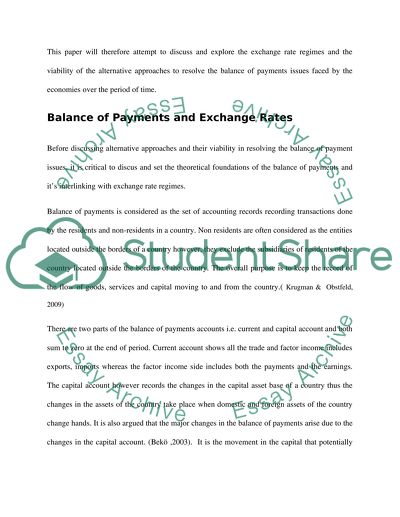Cite this document
(“Discuss the interrelationship between the exchange rate regime and Essay”, n.d.)
Retrieved from https://studentshare.org/environmental-studies/1418843-discuss-the-interrelationship-between-the-exchange
Retrieved from https://studentshare.org/environmental-studies/1418843-discuss-the-interrelationship-between-the-exchange
(Discuss the Interrelationship Between the Exchange Rate Regime and Essay)
https://studentshare.org/environmental-studies/1418843-discuss-the-interrelationship-between-the-exchange.
https://studentshare.org/environmental-studies/1418843-discuss-the-interrelationship-between-the-exchange.
“Discuss the Interrelationship Between the Exchange Rate Regime and Essay”, n.d. https://studentshare.org/environmental-studies/1418843-discuss-the-interrelationship-between-the-exchange.


